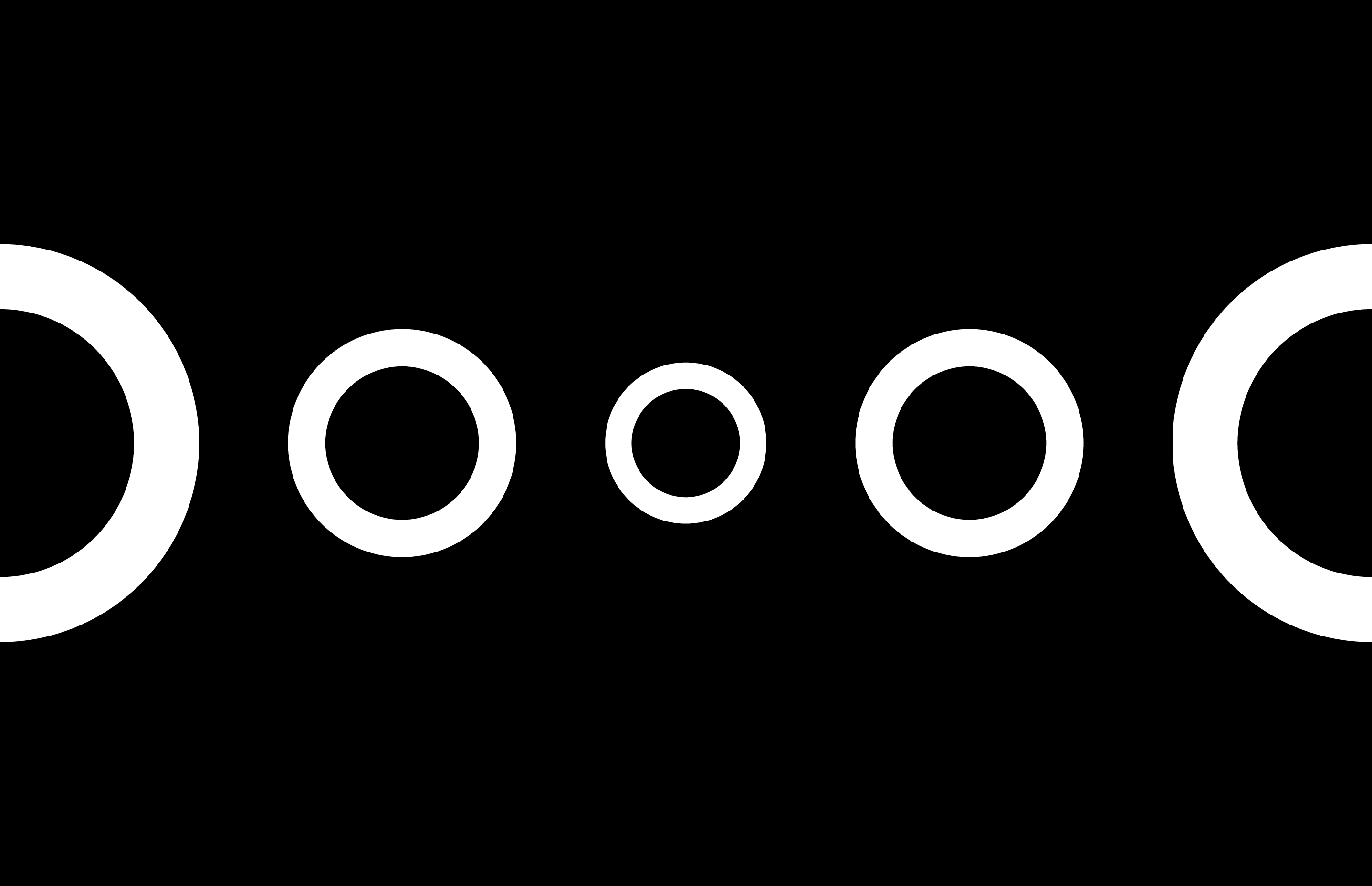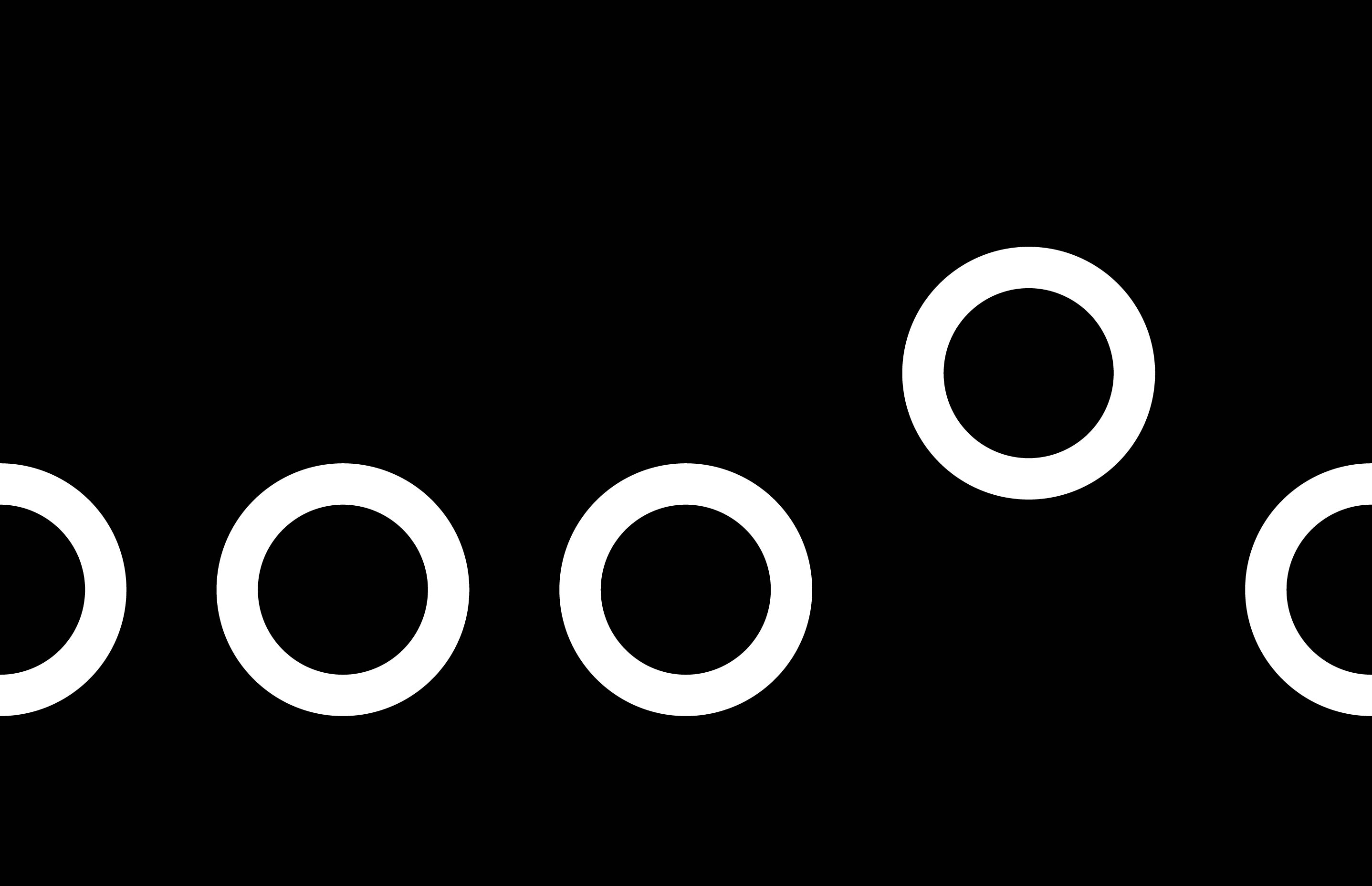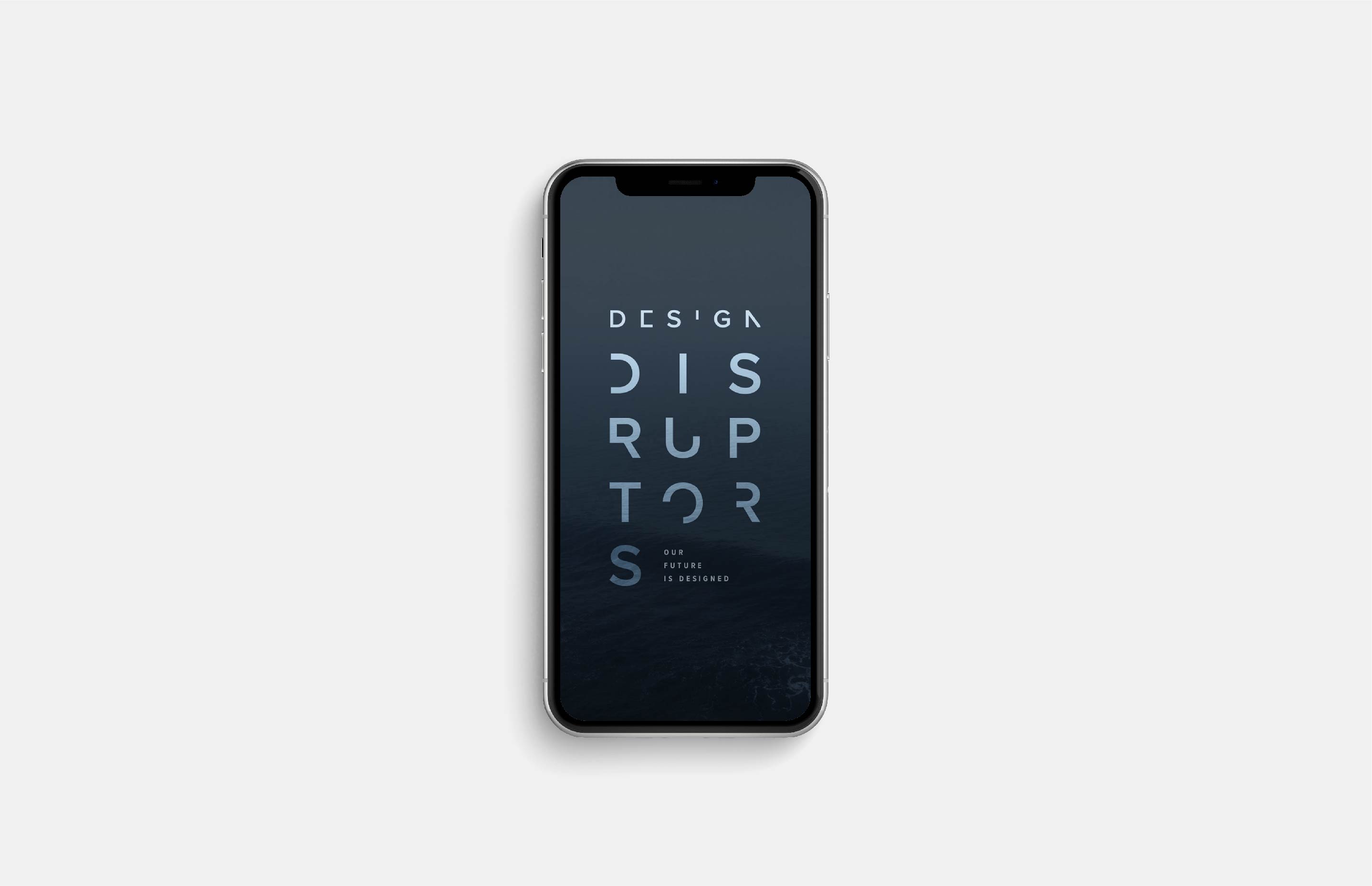How to build a great digital product

Having an excellent idea, wanting to disrupt the status quo, and aspiring to become a household name may be the reasons that keep us motivated every day, but building a great digital product needs more than that — it requires a smart approach to work.
If we want to both build a product that’s successful and save time and money, having a well-defined vision right from the beginning is essential. We must clearly understand what problem we’re solving, why it matters, and how we’re going to tackle it.
“The best way to predict the future is to invent it.”
By asking ourselves the right questions, we’ll uncover the right answers, which will help us create the right product. And so, the following are key questions — along with practical tips — to help guide our efforts in the right direction and keep our process streamlined, focused, and enjoyable:
1. DEFINE WHAT PROBLEM YOU’RE SOLVING
● Can I state the problem clearly? — If you can describe the idea in just one or two sentences, it’s a strong indicator that you’ve nailed down the what, why, and how — what the problem is, why solving it matters, and how you plan to do it.
● Have I experienced it myself? — If you’ve personally encountered the problem, you’re in a better position to design a more relevant and effective solution — because your decision-making will already be well-informed by your first-hand experience, understanding of the challenges, and numerous invaluable insights.
● Is there a part of the problem that I can solve now? — Your whole idea may take years to realize, so identify which aspects of the problem you can solve right now — by focusing on a smaller segment, you’ll be able to create a viable solution, enter the market, and gather valuable feedback sooner.
● Is the problem solvable? — Assess whether the problem can actually be solved — research and analyze every possible customer route according to predefined customer criteria to prove the problem is indeed solvable and that your solution is viable.
“A problem well stated is a problem half-solved.”
2. DESCRIBE YOUR CUSTOMERS
● Who am I solving this problem for? — Avoid the trap of claiming your solution is for everyone and, instead, define your target audience — the particular group of customers your product is aimed at.
● How often do they encounter the problem? — Determine how often (daily, weekly, yearly, or just once in a lifetime) your target customers face the problem to estimate demand — if it’s a frequent issue, there will likely be a greater demand for your product.
● How intense is the problem? — Evaluate how urgent having a solution to the problem is for your audience — if it’s an intense problem, they’ll be more likely to seek and adopt your solution.
● Are they willing to pay? — If your target audience experiences the problem both frequently and intensely, they will be more willing to pay for the solution.
● How easy is it for my customers to find? — You can’t just build a product and expect customers to buy it — you’ll need to make it easy for them to find it, so consider how you’ll market your product and what kind of brand storytelling you use.
“If you are not taking care of your customer, your competitor will.”
3. QUESTION WHETHER YOUR MVP ACTUALLY SOLVES THE PROBLEM
● Does my product solve the problem? — Give your MVP (the not-yet-polished version with just enough features to be usable) to customers early on to test it and gather feedback — this will help you evaluate how well your product solves the problem, decide what adjustments to make, and determine if it’s worth pursuing further.
● Which customers should I go after first? — Focus on customers who need your solution the most — those whose businesses or lives are most significantly impacted by the problem, because those will become early adopters, provide valuable feedback, and support your product.
● Which ones should you run away from? — A small portion of your customers will have unrealistic expectations, complain a lot, and be impossible to please — it’s a sign that they need an entirely different solution, so just let them go.
● Should you offer a discount or start at a super low price? — Avoid giving away your product for free or at a discount because it can undermine the perceived value and signal low quality of your solution — instead, price your product appropriately to reflect its worth and sustain your business.
“If you’re not embarrassed by the first version of your product, you’ve launched too late.”
4. SET UP METRICS
● Google analytics or events-based metrics? — Both. Use Google Analytics to gather insights into how many people have visited your website, what pages they viewed, and where they are located. And use an events-based metrics product, such as Mixpanel, Amplitude, or Heap, to track their specific behaviors, such as whether or not they clicked a certain button, if they left anything in their cart, or how far they scrolled down on a particular page.
● How many stats shall I monitor? — Pick 5-10 key stats and ensure your entire team has access to them — the earlier and the more frequently they can check on this data, the more well-informed, data-driven decisions they’ll make.
● Should I make these stats a part of the product spec? — Incorporate metrics into your product spec as early as possible — it will help you understand how new features are performing and if they’re being used as expected.
“Without data, you’re just another person with an opinion.”
5. MAINTAIN A GOOD PRODUCT DEVELOPMENT CYCLE
● Set your KPI goals — Key Performance Indicators (KPIs) measure your product’s success, so if you charge for your product, you should track revenue, and if it’s free, track usage. Once you decide on your KPIs (e.g., user retention, new users, or churn rate), set clear goals for each and work toward improving those metrics during brainstorming sessions.
● Brainstorm often and well — Sprint brainstorming sessions will help you solve problems more efficiently — define what challenges need to be tackled (e.g., issues with payment processing, shrinking user base, or adding two-factor authentication), generate as many ideas as possible (e.g., utilize Design Thinking, First Principles Thinking, and Universal Design Principles), and categorize them (e.g., new features, bug fixes, or A/B tests).
● Define easy/medium/hard — Once you categorize all the ideas, label each of them easy, medium, or hard — this will help both you and the team understand how much time and effort every task will take to complete (also, keep in mind that tasks labeled hard can be reformulated into easier ones later).
● Decide and delegate — Evaluate which hard, medium, and easy tasks will have the biggest impact on the KPIs — once you identify them, write detailed specs, outline tasks, and assign responsibilities to team members to keep the project on track.
“Efficiency is doing things right, effectiveness is doing the right things.”
6. INTRODUCE SOLID WORKING SYSTEMS
● Have systems in place — To set your product up for success, you must set your team up for success first by establishing the right working systems for them — review everyone’s needs and choose the right tools, define the best processes, introduce fair rules, and clarify goals and expectations.
● Prioritize the work — Be it daily team meetings, impromptu brainstorming sessions, morning stand-ups, periodic company updates, or weekly 1-on-1 catch-ups, make sure there’s just the right amount of them — if there are too many, the team won’t have time to do the actual work, and if there are too few, the team will be confused, and the work will suffer.
● Keep your team on the same page — To reduce miscommunication, save time and resources, and stay on the right track, use project management tools like Asana, Monday, Trello, or Notion — which allow you to assign tasks to team members, track progress, and provide a solid source of truth to keep everyone on your team aligned, happy, and productive.
● Adapt, accommodate, and support — Be flexible and accommodating to the project’s as well as the team’s changing needs — be it providing an individual with a separate, quiet space to do the best work possible, okaying impromptu yet extremely important field research, or supporting the switch from offline to online (e.g., from whiteboard to Figjam) collaboration while some work from home.
● Maintain a healthy work-life balance — No matter how excited you are to work on the project, burnout is a real threat, so maintaining long-term productivity is the goal. Make sure you pace yourself, give yourself regular breaks, eat and sleep well, and exercise regularly — and encourage everyone on your team to do the same.
“You don’t build a business. You build people, and people build the business.”
7. UNDERSTAND WHEN TO ITERATE AND WHEN TO PIVOT
● Allow the product to reach customers — If you’re building something new, don’t feel the need to change all of it as soon as the first feedback comes in — keep in mind that because it’s a new solution, it’ll take longer for people to realize that your product exists and for you to gather enough feedback on it.
● Review after some time — If things are not picking up and not going as intended after, let’s say, two years, it’s probably time to rethink — and to question whether you should:
● Iterate? — Iterating means tweaking the product, and doing so is very common — you have the right problem and the right customer, but your MVP isn’t as strong as it could be, so you just have to improve it.
● Pivot? — Pivoting means changing the problem you’re solving and/or the audience you’re serving, and doing so is rare — you have to make a more drastic change, such as a new business direction or starting an entirely new company.
“The goal is not to create a product. The goal is to solve a problem.”
8. MAKE TIME FOR REALITY CHECKS
● Are you a good leader? — Don’t assume you’re awesome just because you are at the helm, ask them — having regular, private chats with each team member and asking them to give you honest feedback, actively listening, and improving yourself is how you’ll foster mutual respect, growth, and success.
● Is the culture healthy? — Be proud if it’s thriving, and make changes if it’s toxic — it can only take one person to disrupt an otherwise great collective, and it’s your responsibility to fix it, so investigate if the bad behavior is temporary (if they’re going through a rough patch in their personal life, suggest taking time off) or permanent (if it’s their character, be quick to fire them).
● Are there no new ideas? — If people always agree with everything you say, never challenge your ideas, and feel afraid to speak their minds, the company will not only stagnate but go downhill quickly — so be the first to start open-minded discussions, listen to different opinions, and treat every idea as a chance to move your company forward.
● Is it stressful? — It’s given that, while building a product, there’ll be problems big and small, but that doesn’t mean it has to be stressful — if missing deadlines, working late, or delivering work that’s not that great has become the norm, it’s time to take a step back, evaluate how things are done, and make improvements.
● Is there growth? — No one can expect to keep a good talent around without giving them opportunities to learn, grow, and take on new challenges — so encourage them to take courses, mentor them through new tasks, give them the freedom to lead new initiatives, and always reward their efforts with adequate recognition, promotion, and compensation.
“What you do has far greater impact than what you say.”
9. CONCLUSION
While building a great digital product will never be the most straightforward job in the world, it will always be one of the most rewarding. And so, if you’re a developer, designer, founder, or just really passionate about digital products and want to give building one a good shot, this guide will help you kick-start and navigate the process, work smarter not harder, and see your many ideas come to life.
-
How to build a great digital product
Having an excellent idea, wanting to disrupt the status quo, and aspiring to become a household name might be solid enough reasons to keep us motivated every day. Yet to build a digital product — to build a great digital product — also requires perseverance and hard work. A lot of it if you don't work smart.
-
Life is too beautiful for ugly design experience
Great design is invisible, they say. Great design should not make you think, they added. Why? Because the ultimate goal of a great design experience is to make you feel nothing less than delighted.
-
First principles thinking, innovation & design
Innovation entails pushing boundaries, exploring the undiscovered, and bettering the status quo. We wouldn't survive, evolve or thrive without this innate urge to constantly seek something better nor without our ability to adapt to new situations.
-
Business, design & mindset mentoring
Hi, I'm Bara. I'm a digital product & brand designer using holistic design and psychology to help startups, businesses, and entrepreneurs manifest the full potential of their businesses and successfully grow them. You may already be familiar with my design & psychology work. And you may now book business, design, and mindset mentoring with me!
-
Inclusive design & universal design principles
It's impossible to design for 100% of users. That said, we need to advocate for more inclusive design. All designers should always consider the diverse spectrum of users. Imagine people with disabilities, people who aren't as tech-savvy as us, or those who don't fall into the binary world that we're so used to. Being mindful of them will help us create a better user experience across the board.
-
Optimizing designers’ inspiration, ideation & creation process
Aren't we, designers — and, in fact, all creative minds — rather good at seeking inspiration? We scroll through our favorite visual blogs, flip through pages of that well-thumbed book, or stroll through design stores. Over time, we learn where and how to look each time we want to find a state of inspiration and design something new.
-
Brand Storytelling: How to run a successful & well-loved business
With so much white noise in the media ecosystem, how can we make our brand stand out? Should we focus on the brand's tone of voice, perfect the customer experience, or better the brand storytelling? Or should we perhaps only concentrate on engaging with our audience?
-
Design Disruptors: How Design Became the New Language of Business
Design Disruptors: How Design Became the New Language of Business reveals a never-seen-before perspective on design approaches of the world's most innovative companies that shake — intentionally or not — billion-dollar industries.
-
Importance of innovation, designers & fundamental design principles
As designers and problem-solvers, we are accountable for the ever-increasing importance of design and innovation — and for the role it plays in today's life and society. We think. We always tinker. And we're often developing new concepts. It's our responsibility to make each design solution user-friendly, aesthetically appealing, and, first and foremost, the best it can be. And when doing so, we're often guided by numerous design principles, techniques, and methodologies.







